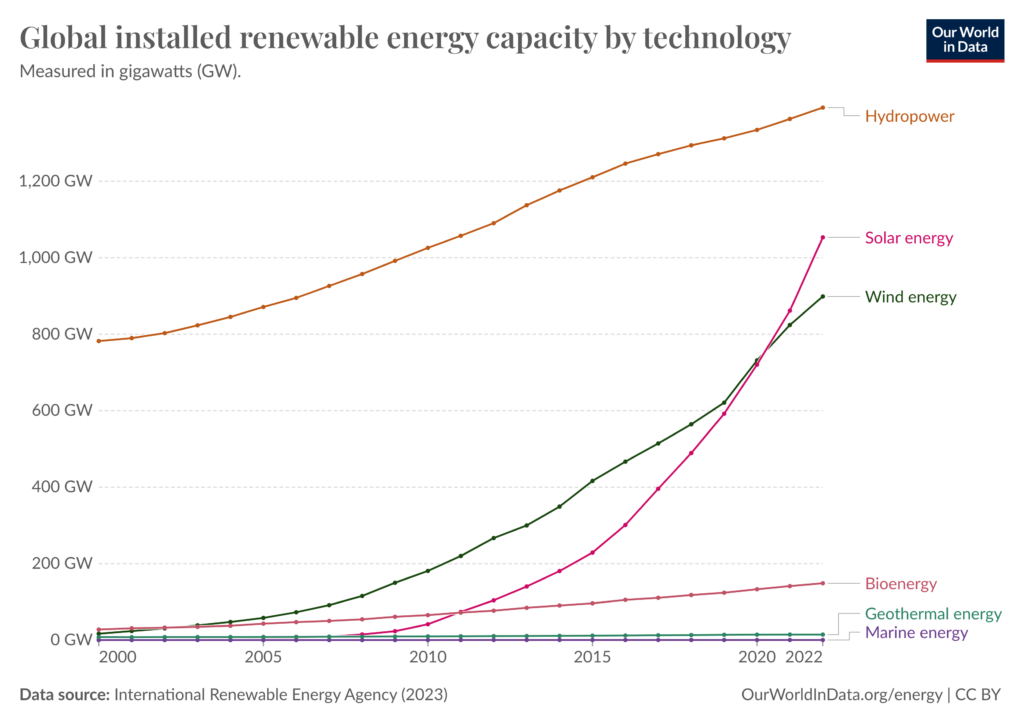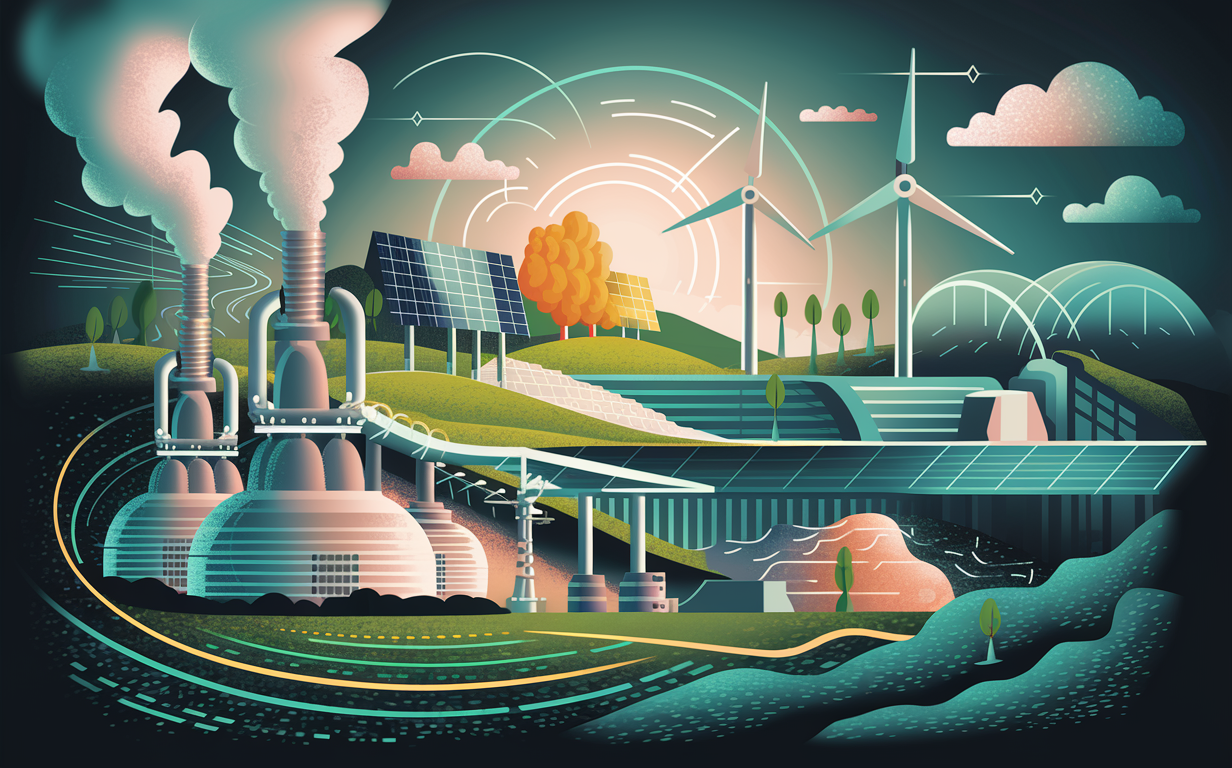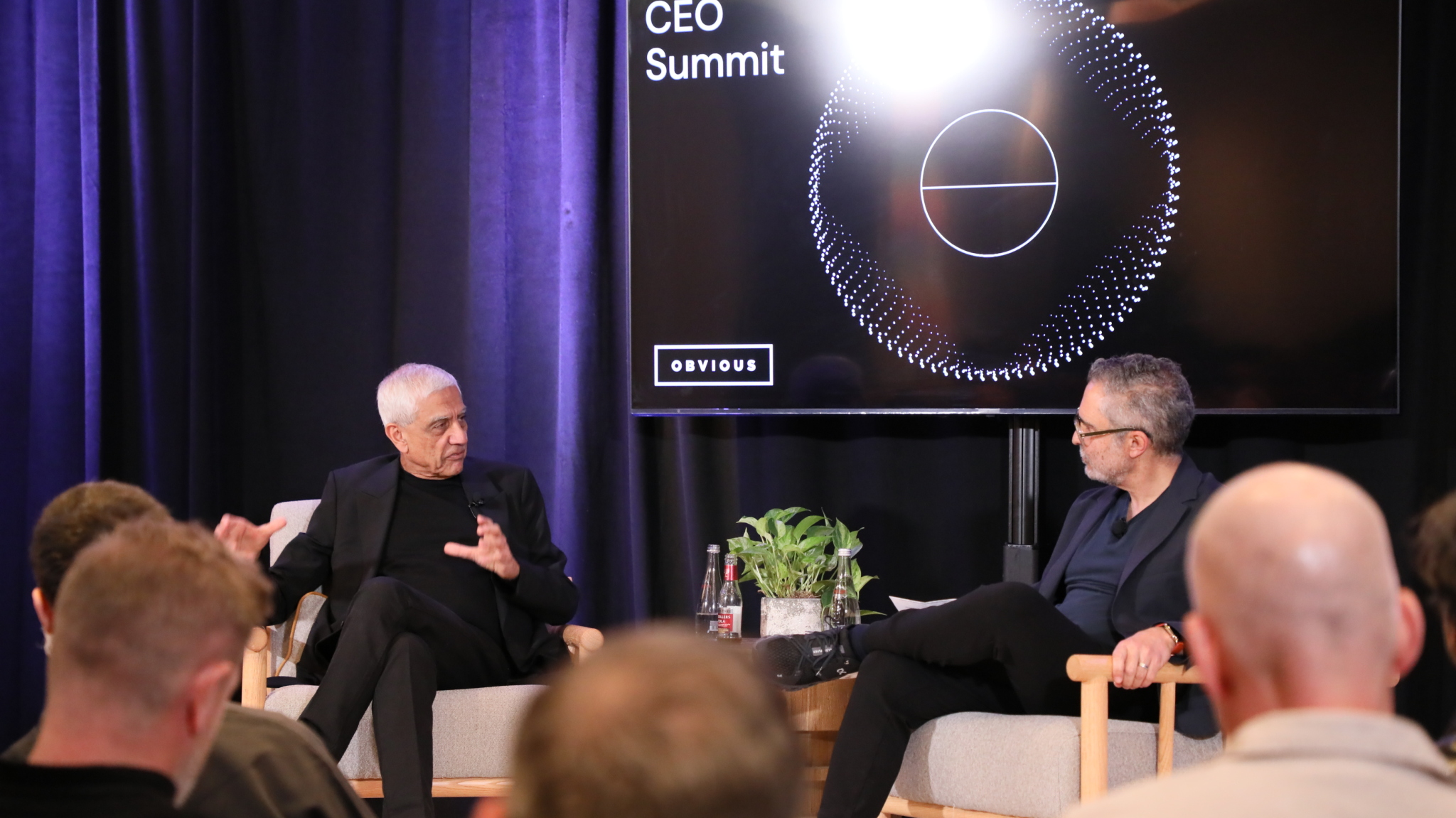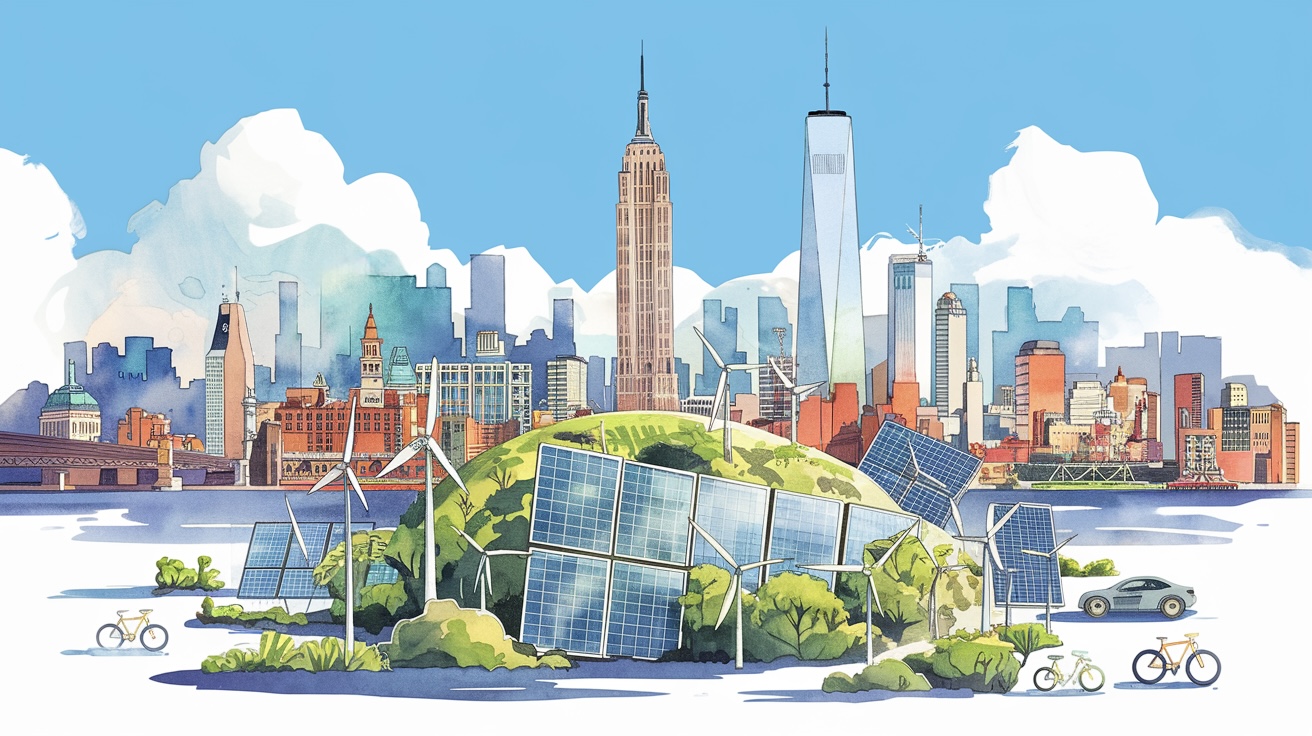Planetary Health
How Geothermal is Heating Up to Power the Electrification of Everything
The world is waking up to a powerful fact about the future: We need substantially more energy than anyone thought, and we need it soon.
For the past two decades, energy demand has been mostly flat, growing roughly two percent per year. But three forces are driving demand to spike: compute for AI and Crypto, reshoring of manufacturing, and the electrification of everything. Utilities in the U.S. now forecast that they’ll need to double or even triple production by 2040.
This is only the beginning. We have not even begun super-high uses of power, like using electricity to synthesize jet fuel or the electrification of gas-heavy industries like steel and cement. Electric cars now account for 15 percent of new car sales, a number expected to steeply rise over the next decade, adding hundreds more terawatt-hours of demand.

Our existing energy infrastructure can’t meet these enormous needs. Most American fossil fuel and nuclear power plants were built in the 1970s and 80s and will require expensive upgrades to extend and increase their capacity. Returning to fossil fuels would also derail U.S. climate goals to produce all energy from clean sources by 2035.
Meanwhile, the growth of renewable electricity is facing headwinds. After two decades of solar and wind energy costs falling—from $10 per watt to less than 20 cents per watt for solar—the cost of renewables is slowly rising again. Most affordable land is taken for renewable installations, pushing new generation to less convenient and more expensive sites. Additionally, we need “firm” 24/7 power sources to stabilize the variable power of traditional renewables.
Some of the world’s biggest technology companies are going to extreme lengths to secure enough 24/7 power. Earlier this year, Amazon bought a site in rural Pennsylvania powered by an adjacent nuclear power station. Microsoft invested big in a company pursuing electricity from nuclear power. Tech giants have long been leaders in renewable energy investments. But with spiking competition, some of these companies are starting to wonder if they’ll have to return to fossil fuels—and in the process abandon their climate pledges—just to keep operating.
All of these trends converge on a major opportunity that’s heating up at the perfect time. We are at the dawn of a new era in geothermal energy that has enormous potential to meet our growing needs.
Geothermal is a well-understood and extremely safe technology tapping the massive energy potential beneath our feet. It’s 24/7 power that is easier to deploy than nuclear, takes up less space than solar and wind, and, compared to fossil fuels, produces almost no waste or greenhouse gasses. Geothermal’s main hurdle for decades has been the high cost of development—mostly driven by the inability to find suitable resources and high drilling failure rates. But that’s changing. New breakthroughs in software and hardware are making geothermal energy more accessible in more places.
I’m excited about companies like Zanskar deploying new tools to solve geothermal’s longtime challenges. Zanskar uses artificial intelligence built on rich datasets of temperature, gravity, geology, and more to identify commercial geothermal resources and guide drilling decisions. This process alone has enabled Zanskar to discover more geothermal anomalies than any company in the past decade, all at much lower costs.
We’re also getting better at drilling. Quaise is deploying new technology to drill deeper to tap into even hotter geothermal resources with the potential to retrofit legacy coal plants with a carbon-free source of steam. Another company, Fervo Energy, is using oil and gas methods to essentially “frack” hot rock with water, creating dramatically more geothermal locations for clean energy generation.
With this sort of innovation, we’ll have a strong chance to meet growing energy demands without putting more carbon in the air. We’re also bullish about fusion, but we haven’t mastered it yet (although we’ve made progress). Fusion might be twenty years away—maybe less—but until it arrives, geothermal is our best shot at a bridge to meet rising demand with abundant supply. It’s one reason why, as the world faces an unprecedented energy crunch, we can be optimistic that we have a strategy to meet the moment.
Obvious Ideas







